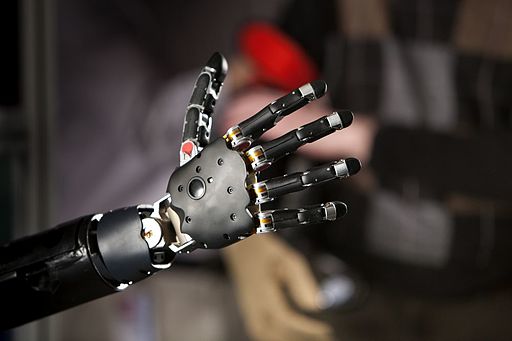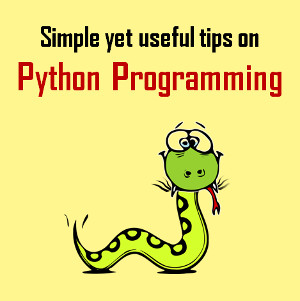I is for intelligence. Two robot trends disrupting the business world
As intelligent technologies advance exponentially and disrupt established business models, companies are eager to reap the benefits in order to gain competitive advantage. Robotic Process Automation (RPA) and Cognitive or the infamous Artificial Intelligence (AI) are the powerful enablers currently causing the business world to run a fever.

Software with human like capabilities for manipulating data and processing tasks; digital machines that can understand, communicate and solve problems; these are intelligent robots trained to automate business activities and take on increasingly complex roles in the workplace.
There is however still a great deal of confusion about this new class of digital labor. What do we actually mean when we say these robots are intelligent? Which elements of work do they address? And where is the novelty? Augmenting work with new technology is presumably as old as mankind itself. Understandably it’s all a bit confusing, so let me address some of these questions by focusing on two robot technologies currently singled out as particularly disruptive.
A digital workforce at your service
Since then AI technology has advanced at more or less steady pace until recent times, when faster processing power and greater availability of data sets, what we call Big Data, have made it gain significant traction. Computer systems now use machine learning algorithms to churn through data and detect patterns of information which are fed back into the system in an iterative process of self learning and self improvement. Unlike RPA which handles structured data to automate repetitive, high-volume work, AI technology enables businesses to make sense of unstructured data (i.e speech and images) and build cognitively enhanced virtual assistants. IBM Watson is a good example of a cognitive platform specifically designed for business development.
While RPA is said to have already passed the hype, at the moment there aren’t as many AI tools fully developed for wide business use. The two trends are not aligned. However, that doesn’t mean they shouldn’t be, some time in the future. It’s not rash to imagine what a convergence of RPA and AI applications with machine learning and data analytics could create: a blend of technology so powerful that the possibilities should surpass projected use.
A safe conclusion for now is that both robotic process automation and cognitive computing platforms are key to the future of business. Professionals are actually talking about a capability curve, where RPA is expected to gradually extend the scope of rules-based, transactional processing and integrate cognitive features, while standalone AI products are projected to gain optimization power by progressively feeding on various business applications.


 Mina
Mina








@Francis: In my experience, organizations prefer to take a safe route and not jump into the ocean with a big overnight transformation. A matter of calculated costs and risk, of course. But I think you are right, technology is perennial by enduring ongoing change. @ Aravinthan: I appreciate the kind words!
What is occurring faster, RPA plus AI (which dictates your wrap your legacy (historical applications) OR "proper" digitization of the Enterprise. I think there is zero doubt the acceleration of technology to move the business processes into new technologies (especially for Banking and Insurance) that drive digital transformation is much faster. And this too, includes AI but in the depth of the applications, not wrapped around them. Nothing wrong with RPA, it's very tactical but do not believe the days of "these systems are going to be around forever" is still real in most cases. "Forever" is here now!
Very useful information.